How weather impacts Canada Geese migration and populations
It's no shock that it has been cold in Mid-Missouri throughout the past week with afternoon highs at time barely making it into the upper teens. Overnight wind chills have even dipped into the negatives after the passing of a major winter storm blanking portions of Mid-Missouri with up to 8.5" of snow.
The extreme weather has caused a surge in the local Canada geese numbers as weather is a primary factor to these waterfowl for migration and population changes.
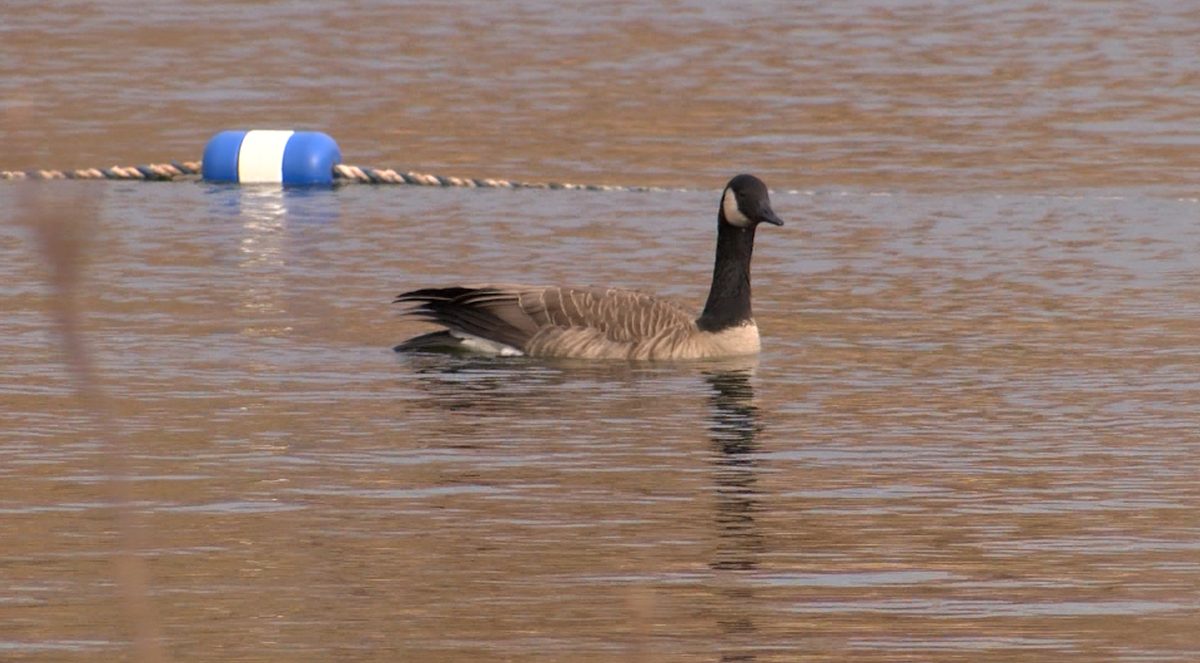
There are seven subspecies of Canada geese recognized that can vary in their size, migration, and habitat preference. The largest member of the subspecies (Giant Canada goose) is commonly referred to as "honkers" which typically remain year-round inhabitants of mid-latitude states such as those seen year-round here in Mid-Missouri. These are the largest of the subspecies and can weigh over 20 pounds and have been recorded to live up to 33 years old. Other subspecies breed further north and the size becomes notably smaller the further north towards the arctic region you travel. These smaller subspecies can weigh that similar to a mallard duck at times.
Because of these different sizes and habitats these geese winter and breed at, weather impacts them all slightly differently.
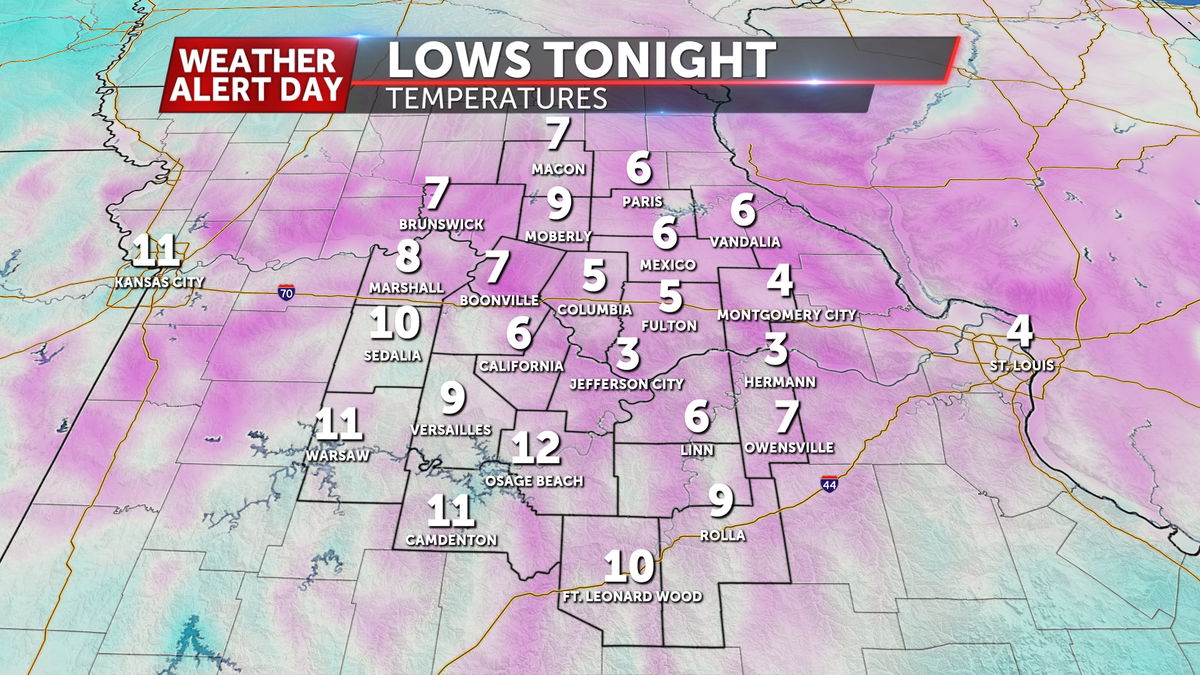
Mid-Missouri sees lows into the single digits again Wednesday night leading to most open bodies of water freezing over at the surface beyond aerated ponds, deep lakes, and rivers. This becomes an issue for Canada geese as they prefer to roost and lough on bodies of water.
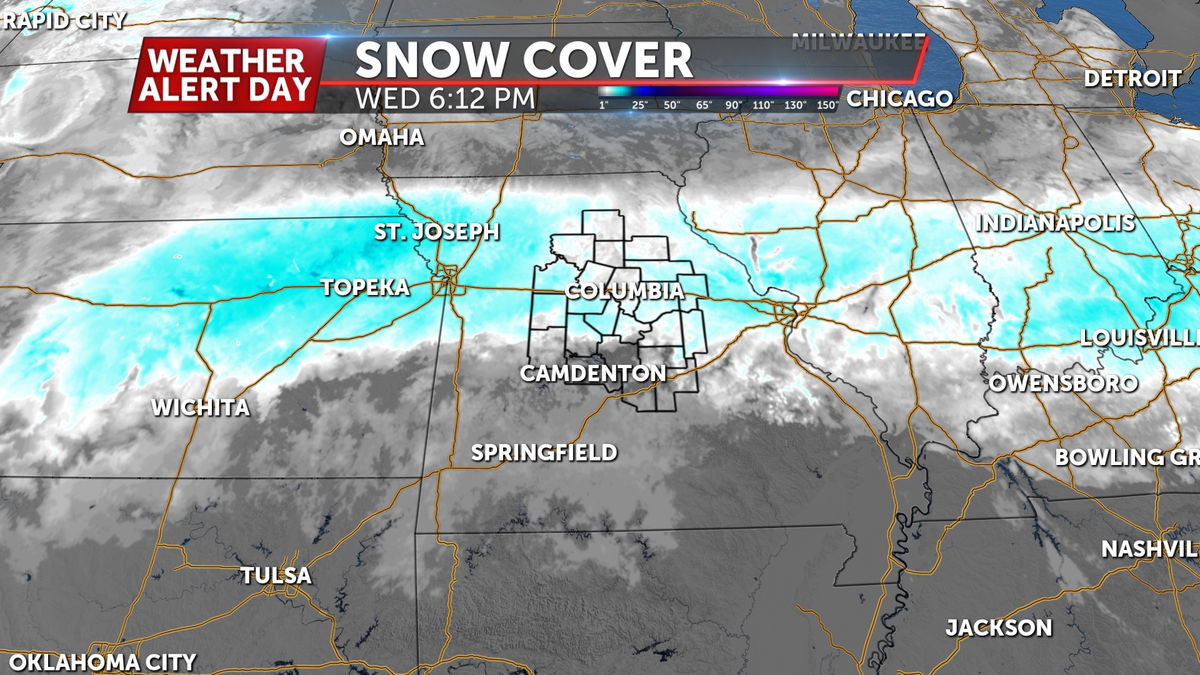
In conjunction with cooler temperatures, a winter storm kicked off in the region on January 4th and ended on the 6th resulting in snow covered grass and agricultural fields.
Geese rely on both open water and fields to eat at to remain in an area. When both of these resources are completely covered for extended periods of time lasting shy of a week, Canada geese must look to push further south or to other areas where one of these resources can be more easily reached.
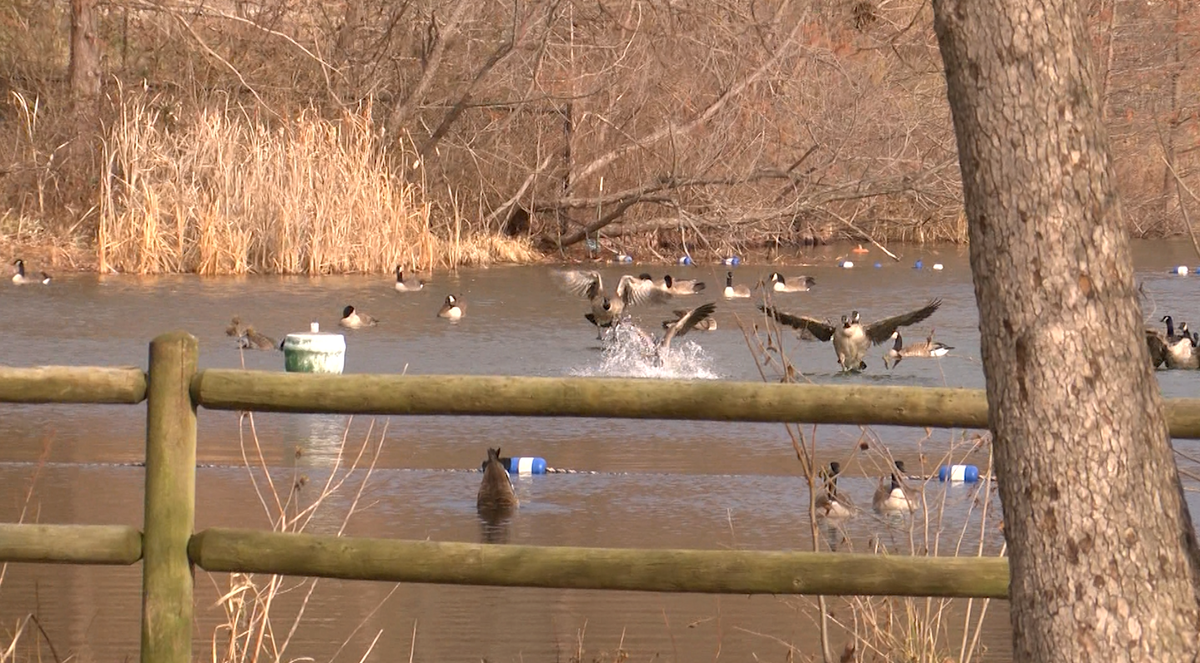
Canada geese are known as one of the most hardy waterfowl species in comparison to other waterfowl species seen in Missouri due to their larger fat reserves. This means they are one of the last to migrate south. However, many Canada geese that migrate through the region from north of Missouri, don't often travel much further south due to the abundance of waste grain like that of corn which can translate into high energy producing consumable foods.
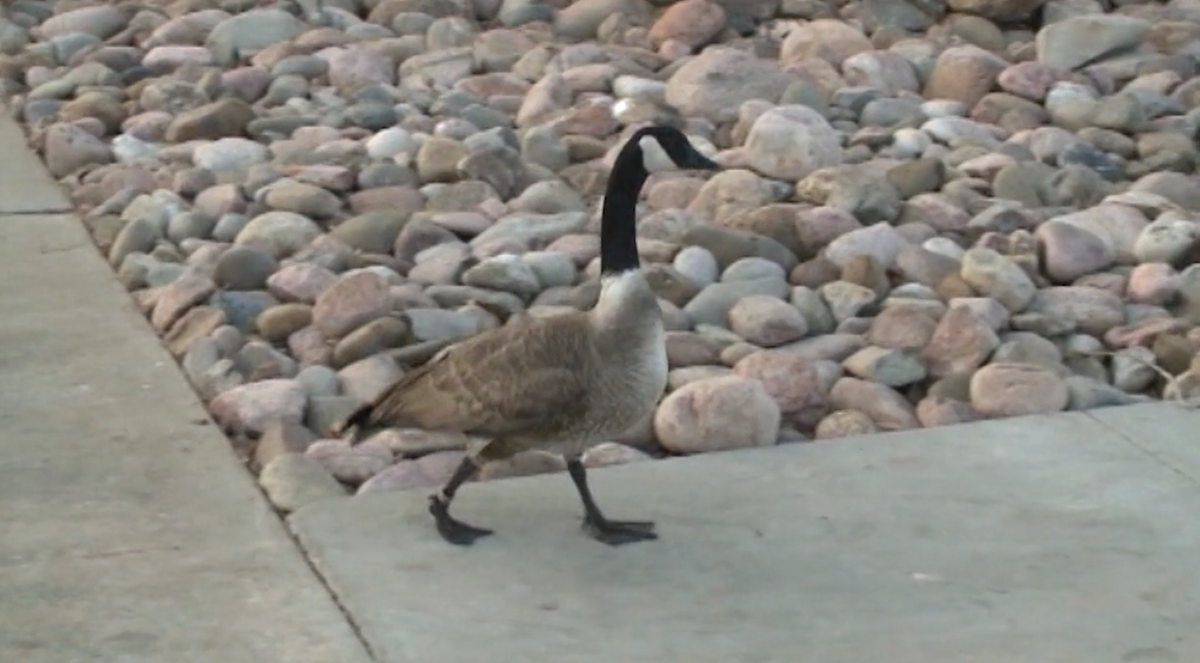
Canada geese that are known as resident geese typically stay in Missouri and neighboring states year-round meaning that weather usually doesn't have as large of an impact on their population totals. The same can not be said for subspecies of Canada geese that breed in the Arctic tundra. Smaller geese that make their way further north during the spring and summer months are more susceptible to boom or bust years in brood production. Boom or bust years occur when their are above average brood production years, or below average brood production years. On a graph, this could mean bigger swings in values resembling that more of a wave. Large storms during the egg laying period or early hatching period can essentially wash out and kill any possible young geese. This is due to the marshes in this region already holding large year-round amounts of water.
To find out more about Ducks Unlimited and their conservation efforts go to https://www.ducks.org/
To find out more about Delta waterfowl and their conservation efforts go to https://deltawaterfowl.org/?gad_source=1&gclid=Cj0KCQiA4fi7BhC5ARIsAEV1YiaaMCUeswsLhdJTr3Kk7RK0o-cHZwnXkVt1dyoOgItwd-4bePeVpIUaAoAUEALw_wcB
To find out more about Mississippi Flyway Outfitters go to https://www.facebook.com/MFoutfitterz/
